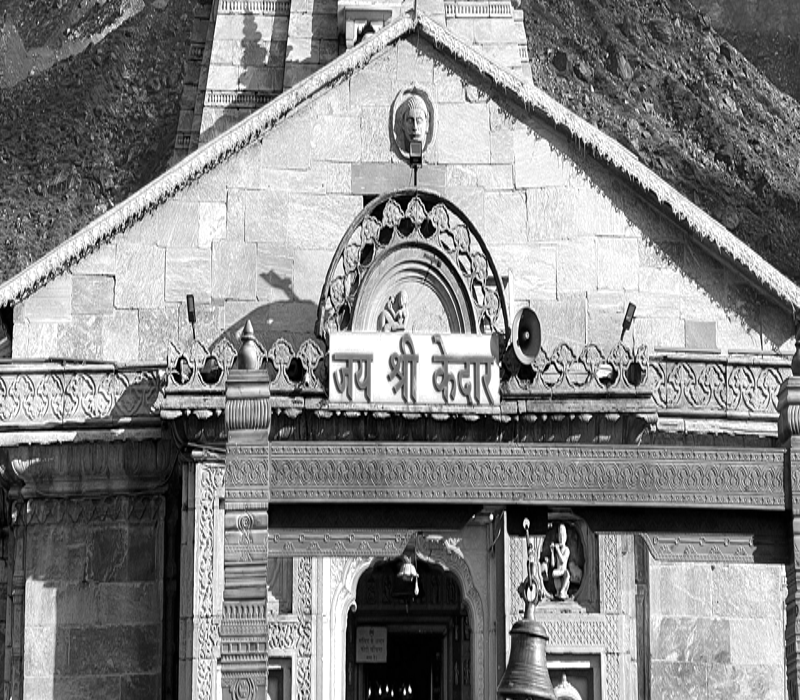- Offices: Dehradun | Dwarka New Delhi
Nestled in the picturesque town of Almora, in the Kumaon region of Uttarakhand, India, lies the Gobind Vallabh Pant Museum, a treasure trove of the region's rich cultural heritage. Named after the renowned freedom fighter and statesman, Pandit Govind Ballabh Pant, the museum showcases a diverse collection of artifacts, artworks, historical relics, and traditional crafts. It provides visitors with a fascinating journey through the history, art, and culture of the Kumaon region. In this comprehensive guide, we will explore the history of the museum, its collections, significance, nearby attractions, and everything you need to know to make your visit to the Gobind Vallabh Pant Museum an enriching and memorable experience.
Introduction:
The Gobind Vallabh Pant Museum, commonly known as Almora Museum, is a significant cultural institution in the town of Almora. Established in 1980, the museum aims to preserve and showcase the cultural heritage of the Kumaon region, reflecting its art, history, and traditions. It is a place where visitors can gain insights into the historical and cultural evolution of the area.
Historical Significance:
The establishment of the Gobind Vallabh Pant Museum was a part of the cultural preservation initiatives taken by the government to promote and safeguard the local heritage. The museum is named after Pandit Govind Ballabh Pant, a prominent leader in the Indian independence movement and the first Chief Minister of Uttar Pradesh.
Collections and Exhibits:
The museum houses an extensive and diverse collection of artifacts that depict the rich cultural tapestry of Kumaon. The exhibits are categorized into sections, offering insights into various aspects of the region's heritage. The collections include ancient sculptures, traditional paintings, archaeological finds, folk art, numismatic treasures, and historical documents.
Ancient Sculptures: The museum displays a range of ancient sculptures dating back to different periods, representing various Hindu deities and figurines. These sculptures showcase the exceptional artistry of the region's craftsmen.
Traditional Paintings: Visitors can explore a variety of traditional paintings, including Pahari, Rajasthani, and Kumaoni styles. These paintings depict religious themes, courtly life, and scenes from local folklore.
Archaeological Finds: The museum also houses archaeological finds, such as ancient tools, pottery, and artifacts, providing insights into the region's prehistoric past.
Folk Art: The vibrant folk art collection showcases the artistic skills of local craftsmen, including traditional wooden crafts, stone carvings, and metalwork.
Numismatic Treasures: The museum's numismatic collection includes ancient coins from various periods, offering a glimpse into the region's trade and economic history.
Historical Documents: Visitors can explore a range of historical documents, manuscripts, and ancient texts that shed light on the region's history and culture.
Significance for Researchers and Scholars:
The Gobind Vallabh Pant Museum is a valuable resource for researchers, scholars, and students studying the history and culture of Kumaon and the broader Himalayan region. The diverse collections provide a wealth of information for those interested in understanding the social, religious, and artistic evolution of the area.
Cultural Events and Exhibitions:
The museum occasionally hosts cultural events, exhibitions, and workshops to promote local arts and crafts. These events provide artists and artisans with a platform to showcase their talent and engage with the visitors. It also encourages the preservation of traditional art forms.
Nearby Attractions:
Beyond the Gobind Vallabh Pant Museum, Almora offers several nearby attractions worth exploring. The town itself is known for its rich cultural heritage, vibrant markets, and stunning views of the Himalayan peaks. Kasar Devi Temple, Chitai Golu Devta Temple, and the serene Deer Park are other significant destinations nearby.
How to Reach:
Almora is well-connected by road from major cities and towns in Uttarakhand and neighboring states. The nearest railway station is Kathgodam, and the nearest airport is Pantnagar Airport. From Almora town, the museum is easily accessible by taxis or local transport.
Accommodation and Facilities:
Almora offers various accommodation options, ranging from budget guesthouses to comfortable hotels and resorts. Staying in Almora town provides easy access to the Gobind Vallabh Pant Museum and other nearby attractions. The town also provides essential facilities like medical services, ATMs, and local markets.
Responsible Tourism:
As a place of cultural significance, the Gobind Vallabh Pant Museum calls for responsible tourism practices. Visitors are encouraged to respect the artifacts and exhibits, refrain from touching or damaging any items, and follow the guidelines set by the museum authorities.
In conclusion, the Gobind Vallabh Pant Museum in Almora is a window into the rich cultural heritage of the Kumaon region. With its diverse collections and exhibits, the museum offers a captivating journey through the history, art, and traditions of the area. So, embark on a journey to this cultural treasure trove and immerse yourself in the cultural legacy of Kumaon at the Gobind Vallabh Pant Museum, where the past comes alive in the heart of the Himalayas.

